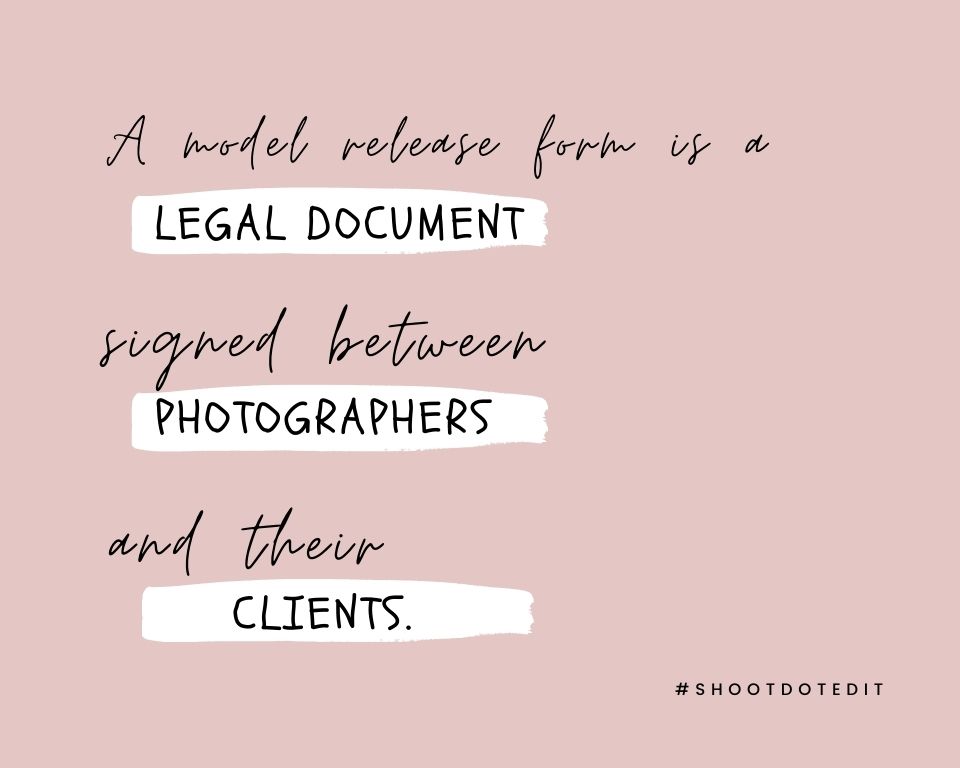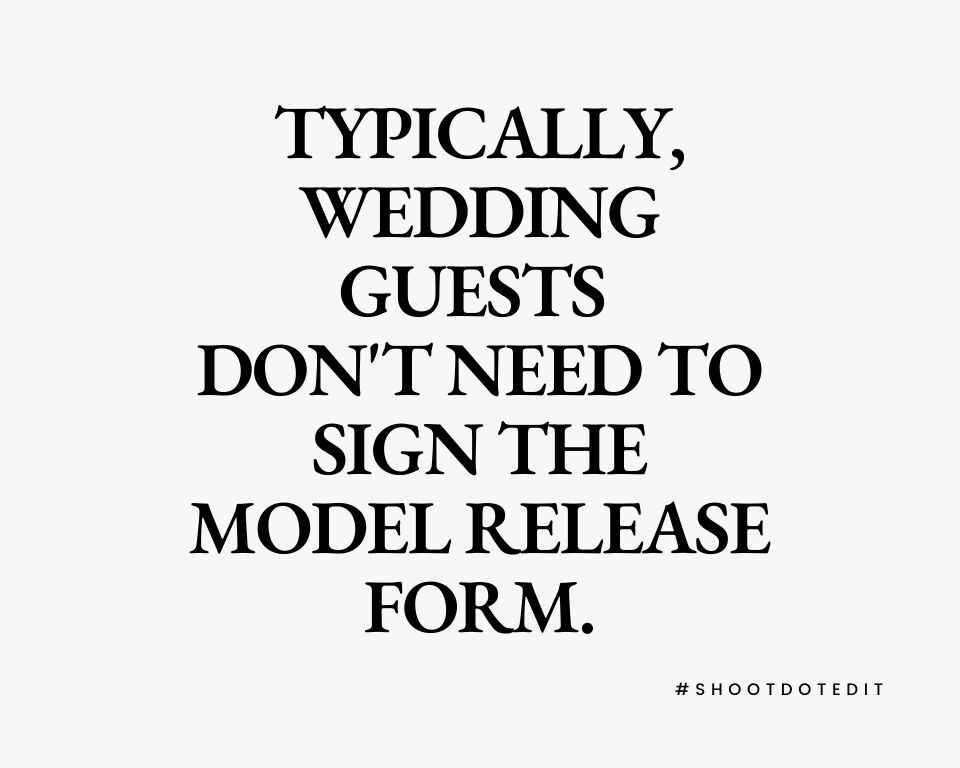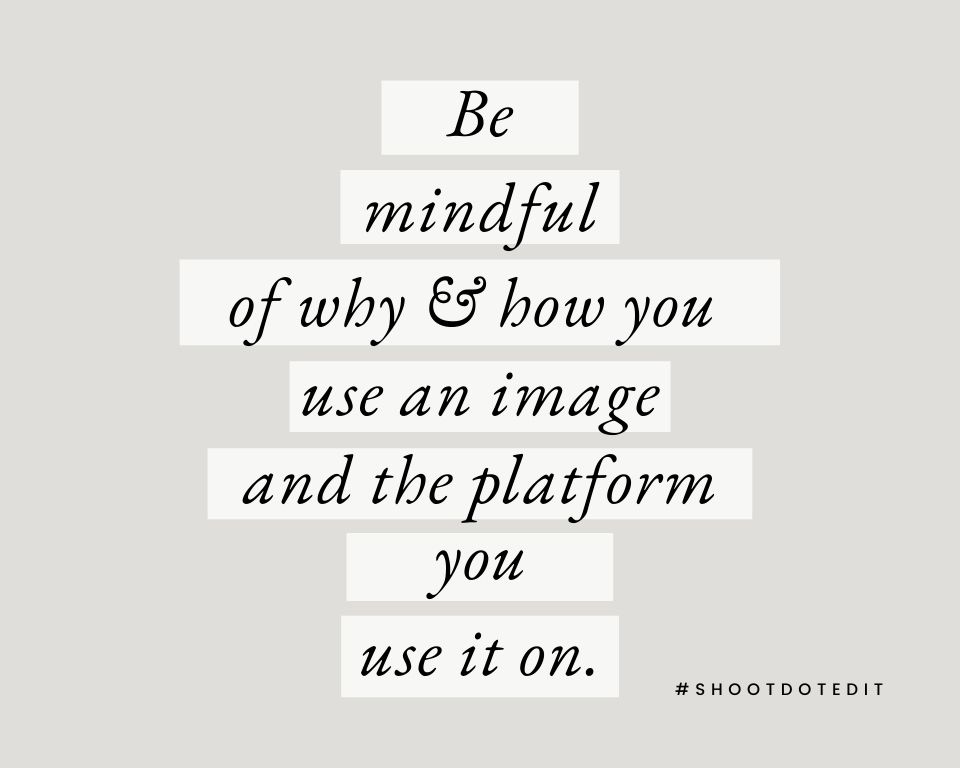
Trying to figure out what you need to add to a model release form? What purpose does it serve? And whether you even need one while photographing weddings? Well, imagine this. You successfully booked a couple, took some stunning photos at their wedding, including photos of the bride and groom, the guests, the decor, and the venue. And as soon as you share them online – whether through your website or social media – your clients or the vendors reach out to you and request you to take them down. The reason being, they haven’t signed the release form, thereby not permitting you to use the photos. This is where that small piece of paper that often stands as a signed agreement can help you out. Here’s how!
What is a Model Release Form?

A model release form is a legal document that is often signed between photographers and their clients (usually the person whose photograph is being taken) to come to an agreement on how the image will be used going forward. This is a simple basic understanding of this form – however, several things can be added to these forms. In simpler words, the form clearly states the purposes the client is approving the photographer to use images for and the medium that it will be used in, and for how long. A mutually agreed upon and signed release form accords for the protection of both the person in the photograph and the photographer.
Is It Always Required?
A photography model release form is a part of a contract. However, signing one or the other doesn’t account for signing both. Moreover, it is necessary to understand when it is required. Most wedding photographers include a release form in their contract and ask their clients to sign it. This is because photographers often use their wedding photos for promotional purposes, or they might want to display them on their website or social media platforms – and this requires permission from the person in the photograph. Another vital question to ask yourself is where is the picture being taken? If it is at a venue that requires special permission for photography, you may want to check if you need their permission to share the pictures as well.
Who Does it Cover?

To get a better understanding of this form, it is important to understand who it covers. Note that it has to be signed by the clients and only covers clients since you have a contractual relationship with them. Wedding guests typically do not need to sign the model release since they are not bound to you by a contract.
Suggested Read: A Photography Business Checklist For Wedding Photographers
What Should It Include?
For wedding photographers, there are two integral parts to include in your model release form. First, permission from the client to use the images for marketing. Second, permission for use in marketing release of claims. Where the first assures that you can use these images for marketing purposes, the latter makes sure to release any claims for the use of these images – be it from wedding vendors or clients.
What If a Client Doesn’t Want to Sign the Model Release Form?

There is a fair chance that sometimes, your clients sign the contract but might not want to sign the release form. And this could happen due to various reasons – both personal and professional. Maybe it invades their privacy, or they might not want to be subject to public scrutiny. Whatever their reason, be willing to communicate and listen. Try to understand where your client is coming from. Moreover, when you have a better understanding of their decision, you could try to find a middle ground.
Ask them if they can allow you to show just the detail photos of the wedding or take their name out of the wedding. And if they agree, you can change your model release form accordingly. However, there will be times when the couples might not be willing to sign the release no matter what. In such cases, it is up to you to make a decision. You could still go ahead with photographing the wedding. It’s just that you won’t be able to use the pictures anywhere.
Further Read: Wedding Photography Liability Insurance Explained
When it comes down to release forms and wedding guests – usually, people are well aware that they are being photographed and do not always have a high expectation of privacy. However, it is still essential to be very careful about how you use an image, for what purpose you use it, and the platform you use it on. You must consider your couple’s privacy before sharing anything related to them for any kind of marketing – digital or offline. So, before you decide that the panorama you took at their wedding is a one-of-a-kind image that will help to wow your social media followers or potential clients, it’s important that you get a yes from your couple to release the photo.
At ShootDotEdit, we look forward to helping you grow as a professional in the wedding photography industry – whether it is by providing resourceful tips like these or by taking care of photo editing. Learn more about how we can help your wedding photography business here.



Leave a comment